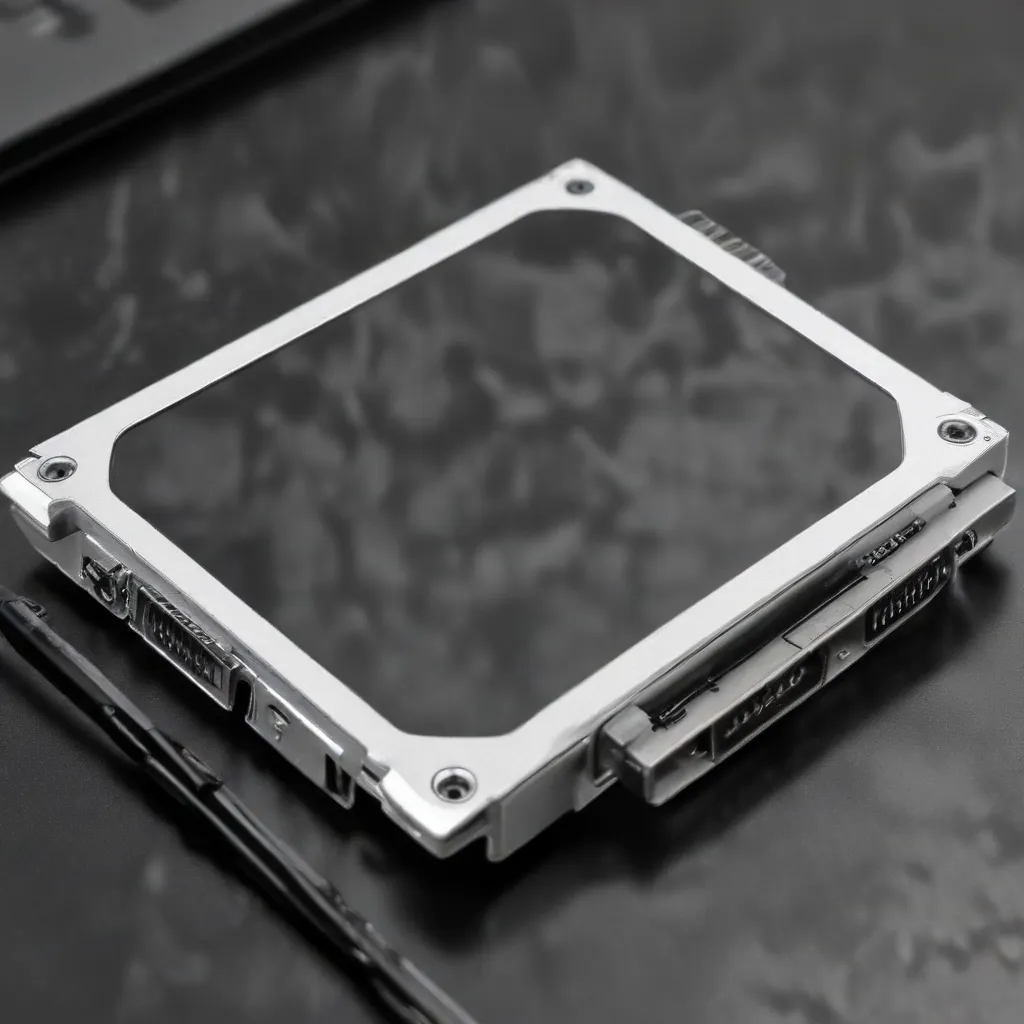
Identifying and Addressing Display-Related Issues
As an experienced IT professional, I’ve encountered a wide range of display and video adapter compatibility problems that can affect the performance and usability of laptops. These issues can manifest in various ways, from low resolutions and screen flickering to complete system lags when running resource-intensive applications like video conferencing software.
Fortunately, there are several strategies and troubleshooting steps you can take to resolve these problems and optimize your laptop’s display performance. Let’s dive into the common causes and effective solutions.
Checking for Incompatible Display Drivers
One of the primary culprits behind display-related problems is outdated or incompatible display drivers. Outdated drivers can lead to issues like low resolutions, screen tearing, and even system instability.
To address this, start by ensuring your graphics drivers are up-to-date. Check the manufacturer’s website for the latest driver updates for your laptop’s specific graphics card or integrated GPU. Download and install the appropriate drivers, making sure to select the “clean install” option to avoid any conflicts with previous driver versions.
If updating the drivers doesn’t resolve the issue, you may need to try a different approach. Consider switching to the manufacturer’s “studio” or “professional” driver versions, which are often more optimized for productivity and multimedia applications.
Adjusting Display Settings and Refresh Rates
Another common problem is incorrect display settings, particularly when using external monitors or multiple displays. Mismatched resolutions, refresh rates, or color depth settings can cause compatibility issues and lead to visual artifacts or system lags.
Start by ensuring your display settings are properly configured. In your operating system’s display settings, try different resolution and refresh rate combinations to find the optimal configuration for your setup. If you’re using multiple displays, make sure they are properly configured and synchronized.
If you’re experiencing issues with variable refresh rate (VRR) technologies like FreeSync or G-Sync, try disabling them and see if that resolves the problem. Sometimes, conflicts with these features can cause display-related problems, especially when using a docking station or multi-monitor setup.
Troubleshooting Docking Station and Multi-Monitor Configurations
Laptops with docking stations or multi-monitor setups can be particularly prone to display-related issues. The additional hardware and connections can introduce compatibility problems and strain the system’s resources.
If you’re using a docking station, try connecting your display(s) directly to the laptop instead. This can help isolate whether the docking station is the root cause of the problem. Additionally, ensure that the docking station and any connected cables are compatible with your laptop’s video output standards (e.g., HDMI, DisplayPort, USB-C).
When dealing with multi-monitor configurations, be aware that daisy-chaining displays through a single video output can sometimes exceed the bandwidth capabilities of the laptop’s graphics subsystem. Try connecting each monitor directly to the laptop or using a dedicated graphics card to distribute the workload.
Optimizing System Performance
In some cases, display-related issues may be a symptom of broader system performance problems. Laptops with insufficient processing power, memory, or thermal management can struggle to handle the demands of modern display technologies and resource-intensive applications.
Ensure your laptop meets or exceeds the recommended system requirements for the tasks you’re attempting to perform. If your hardware is underpowered, consider upgrading components like the CPU, GPU, or RAM to improve overall system performance and stability.
Pay close attention to thermal management as well. Laptops can easily overheat, especially when running demanding tasks like video conferencing or gaming. Ensure your laptop’s vents are unobstructed, and consider using a cooling pad or stand to improve airflow and heat dissipation.
Trying Alternative Software Configurations
In some cases, display-related problems may be caused by software-level conflicts or incompatibilities. This is particularly true when using third-party video conferencing or screen-sharing applications, which can strain system resources and interfere with the display’s performance.
Try adjusting the settings within the problematic application. For example, in Zoom, you can experiment with different video rendering methods, hardware acceleration options, and screen-sharing optimizations to see if that resolves the issue.
Additionally, consider using alternative software solutions that may be better optimized for your system configuration. For instance, if you’re experiencing issues with Zoom, try using Microsoft Teams or Google Meet to see if the problem persists.
Optimizing Display Performance and Compatibility
By addressing the root causes of display-related issues and implementing targeted optimization strategies, you can significantly improve the performance and compatibility of your laptop’s display. Remember, the specific solutions may vary depending on your system configuration, but the general principles outlined in this article should provide a solid foundation for troubleshooting and resolving these common problems.
If you continue to experience persistent display issues after trying the strategies discussed, don’t hesitate to reach out to the IT Fix team for further assistance. Our seasoned IT professionals are always ready to provide personalized guidance and support to ensure your laptop’s display and video adapter are performing at their best.
Key Takeaways
- Update display drivers: Ensure you have the latest and most compatible graphics drivers installed.
- Adjust display settings: Optimize resolution, refresh rate, and color depth settings for your setup.
- Troubleshoot docking stations and multi-monitor configurations: Isolate potential hardware compatibility issues.
- Optimize system performance: Ensure your laptop’s hardware meets the requirements for your tasks.
- Try alternative software configurations: Experiment with different video conferencing or screen-sharing applications.
- Reach out for further assistance: The IT Fix team is available to provide personalized support.
By following these strategies, you can effectively resolve laptop display and video adapter compatibility problems, enhancing your overall computing experience and productivity.












